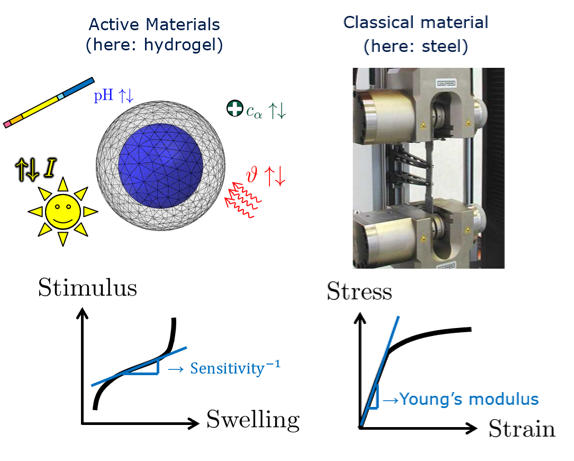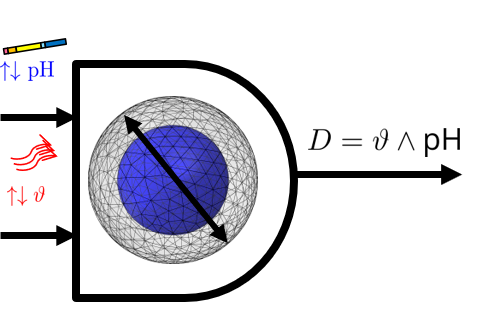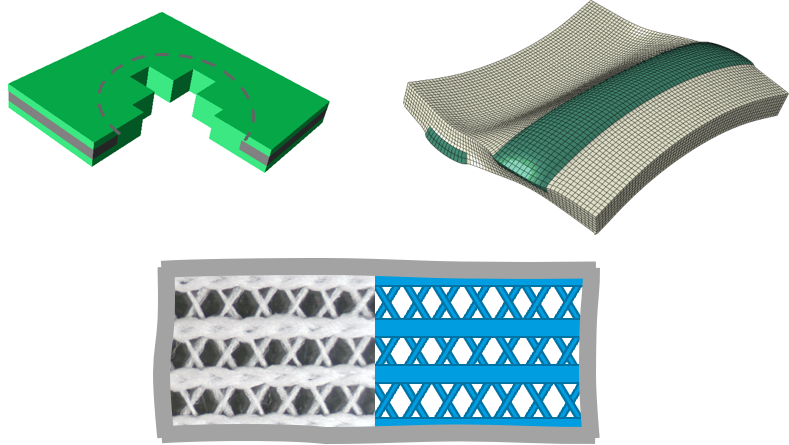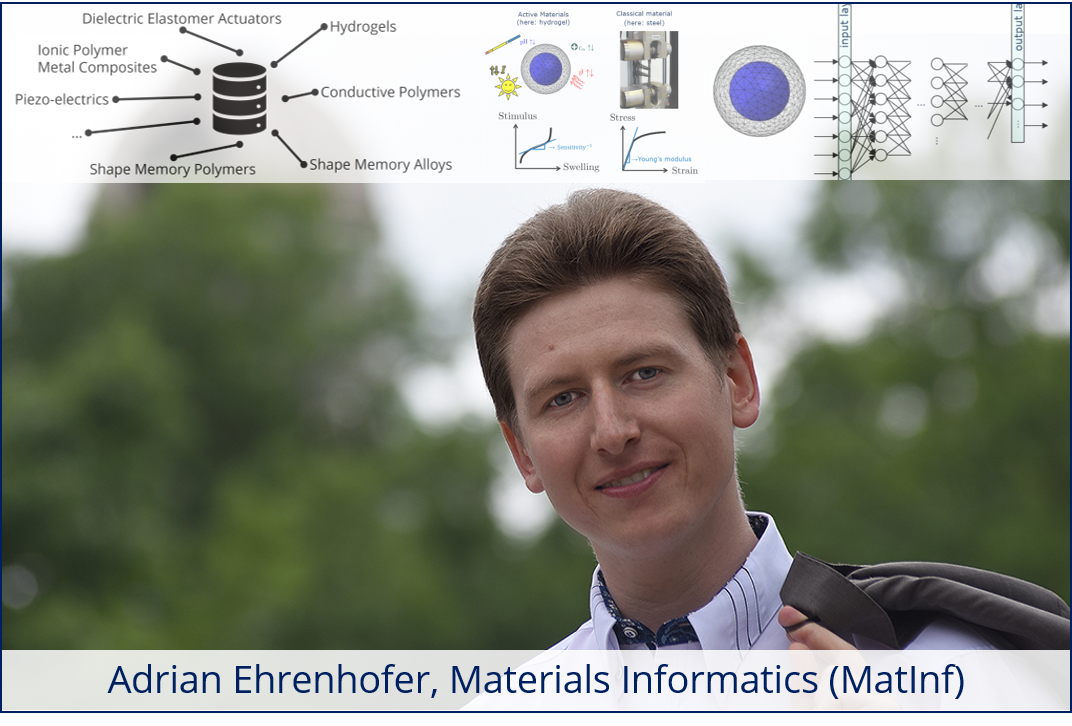The Materials Informatics group
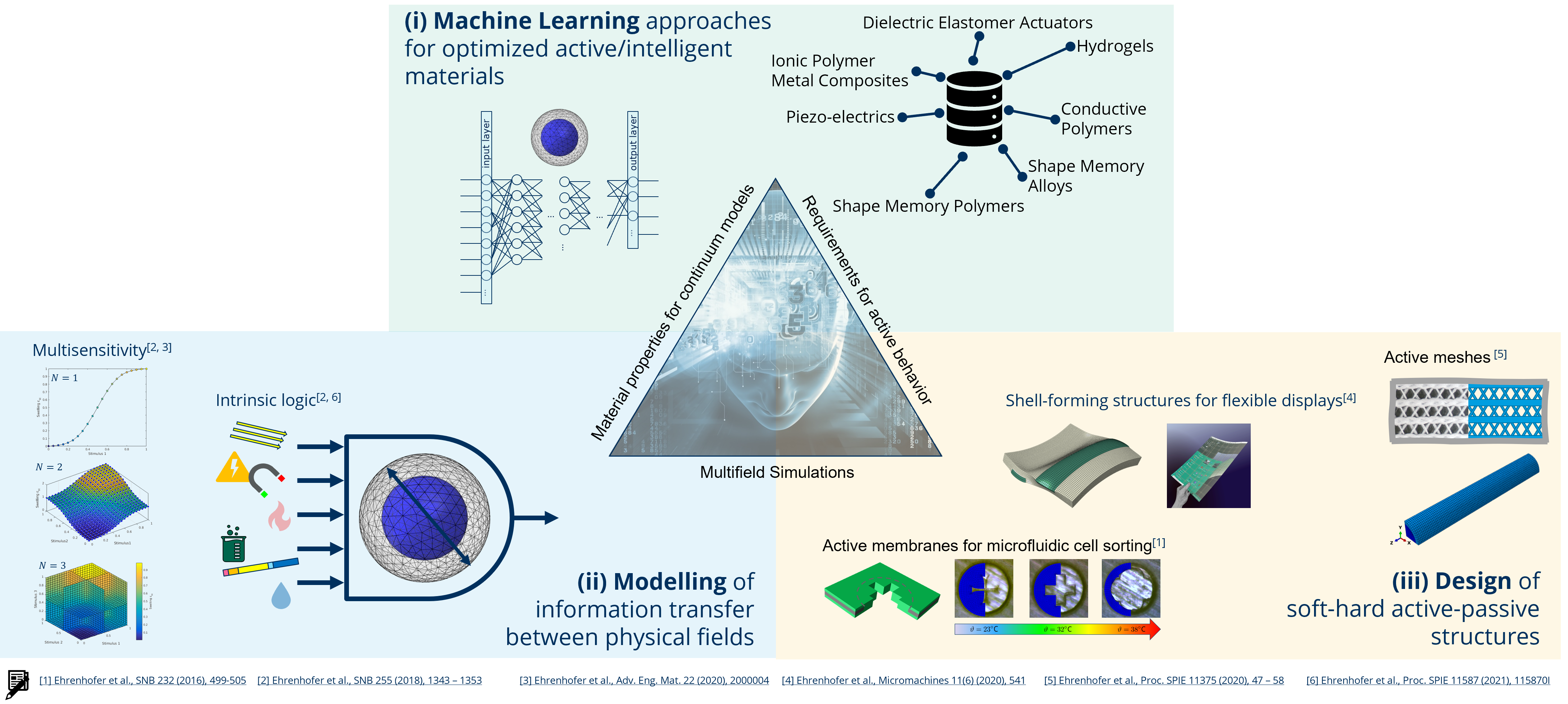
The first goal of the research group Material Informatics is to use (i) Machine Learning approaches exploratively for optimization of active materials (informatics for materials).
- We identify and classify active (smart/intelligent) materials and structures based on their stimulus sensitivity: An input non-mechanical environmental value leads to a mechanical output; the normalized stimulus-strain-curve can be linearized at the working point to extract this sensitivity parameter. The influences from multi-sensitivity in the material can be used to tune this sensitivity in the unified response.
- We find and visualize data for various active materials like Hydrogels, Dielectric Elastomer Actuators, Conductive Polymers, Shape Memory Alloys, Shape Memory Polymers, Piezo-ceramics, Ionic Polymer Metal Composites. The data is applied for the training of different deep learning model classes to mirror their physically described behavior. For data visualization, we experiment with state-of-the-art augmented reality devices.
As a second goal, we focus on the logical behavior of multisensitive active materials by the (ii) Modelling of information transfer between physical fields (informatics by materials):
- We use the continuum methods and modelling scale transition to investigate the transfer of information between physical fields. Therefore, we apply multi-field models that can accurately describe the interactions, e.g., between the thermal and chemical field.
- We identify and model multisensitive materials that can act as neurons in non-electrical deep learning networks due to their active behavior.
The third goal is the transfer to engineering praxis by the (iii) Design of soft-hard active-passive structures in bio-physical and technical environments. Examples are:
- Active membranes that are active-passive composite structures made of active hydrogels and passive polymers can be used for cell sorting.
- Thin structures that comprise active materials can form shell-like structures. This can be used to stabilize flexible displays.
- Passive meshes can be coated with active hydrogels to form an automatically rain-proofing bike-helmet.
If you are interested in our group's activities, please contact us!
